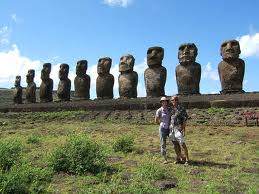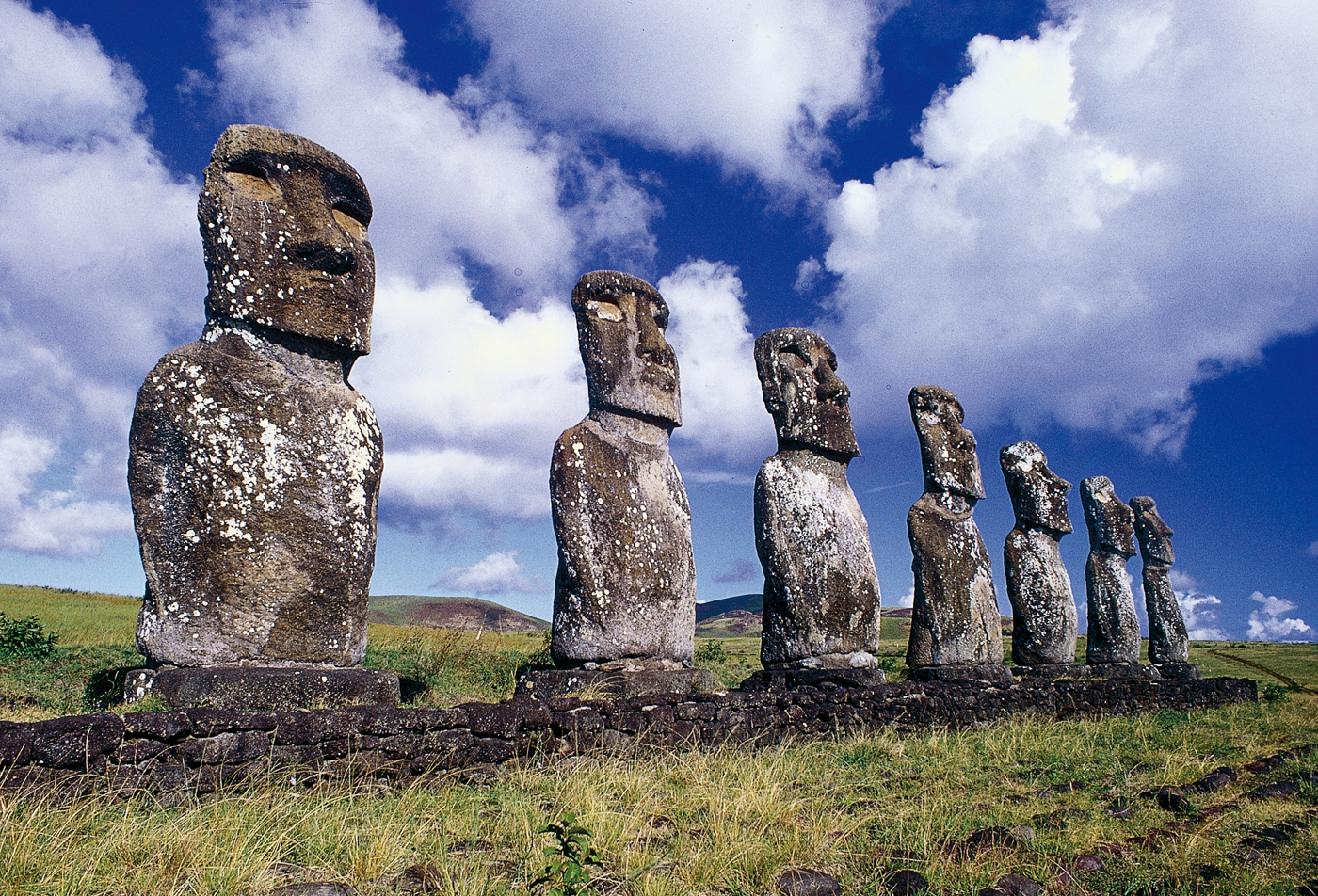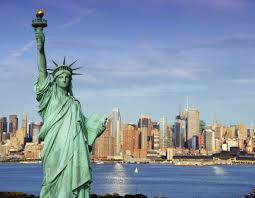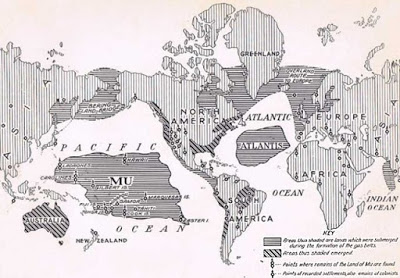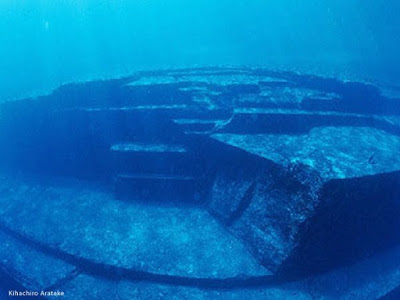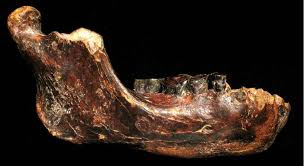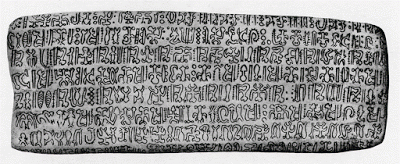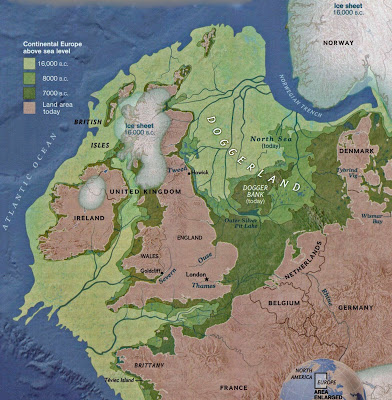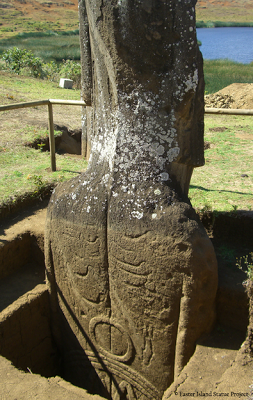| Online: | |
| Visits: | |
| Stories: |

| Story Views | |
| Now: | |
| Last Hour: | |
| Last 24 Hours: | |
| Total: | |
Was Easter Island a Memorial for a Lost Continent?
Moai statues were supposedly created by the Rapa Nui around 1200 CE (AD) and supposedly carved to represent their ancestors, but this was disputed by other researchers who say the Rapa Nui were the second migration to Easter Island.
Legends say the long-earred ones (white skinned, red-haired, elongated earlobes) were first migration to Easter Island and built the Moai statues which interestingly are giant, slope-headed, wide-nosed, with pointed heads in the back. (Source - Aku Aku by Thor Heyerdahl).
I am developing a concept that a sunken continent had citizens that escaped volcanic/seismic activity and escaped to other land masses. The supposed lost Continent of Mu is a good example. It reportedly had citizens who escaped (in the legend) to other lands before or during catastrophe. These people, who were well advanced, took their skills to the new lands they found to inhabit. And, it is likely some of the first places they found were the Solomon Islands and Easter Island.
If this were the case, these 7 Moai (below), that are oriented looking west out to sea, could be a memorial. If you were a people who lost your continent to disaster, and your homeland was gone, wouldn't you place a memorial seaside, the figures facing the homeland and having the appearance of the people of your land? There is no better way for all eternity to recall these people, from “out there” who settled on this island.
One has to wonder too, as Native People are said to have come across the Behring Strait 12,000 years ago into North America, if there was a rush of people escaping some catastrophe at that time from many affected land masses in the Pacific. Here is one possible cause -
Source: Roughly 12,900 years ago, massive global cooling kicked in abruptly, along with the end of the line for some 35 different mammal species, including the mammoth, as well as the so-called Clovis culture of prehistoric North Americans. Various theories have been proposed for the die-off, ranging from abrupt climate change to overhunting once humans were let loose on the wilds of North America. But now nanodiamonds found in the sediments from this time period point to an alternative: a massive explosion or explosions by a fragmentary comet, similar to but even larger than the Tunguska event of 1908 in Siberia.
(This would also support the concept of the ant people to the Hopi – potential lost giant culture and loss of advanced knowledge. We all agree that, if today we lost our technology and were thrown into the ice age again, we might lose all the knowledge we had gained).
Were there two groups on Easter Island, a prior and a latter? It would seem very possible!
From the book Cranial and Postcranial Skeletal Remains From Easter Island by Rupert Ivan Murrill, the skulls on Easter Island were compared with other Pacificers and found similar to Melanesian, Polynesian and Australian. The skulls were long, narrow, and high. Heyerdahl (1960 p 345) – Long ears are Peruvian – (white men with red hair?) The short ears arrived at Easter Island in the 1200s – after long ears! Heyerdahl (1961 page 37) mentions Knoche's statement that short earred ones came there in 1200s.
The Long Ears of Easter Island by William L. Ernst
From Thor Heyerdahl's book “Aku-Aku”
The earliest date of human occupation of Easter Island was established at 386 A.D. (plus or minus 100 years) by archaeologists in Heyerdahl's expedition who used carbon dating of charcoal found at cooking sites. The oral history describes the “long ears” as the early period's population and the builders of the monuments. The “short ears” came to the island later and apparently worked for the “long ears” as helpers. A deadly feud occurred and the “short-ears” reversed a trap set for them and murdered the “long-ears” at Hotu-iti
Interestingly, the legend of the short ears and long ears tells that the long ears dug a ditch and filled it with brush to lead the short ears into it and burn them. A long-ear married to a short-ear betrayed her kind and she betrayed his kind, getting the short ears to come up behind them and chase the long-ears into the burning ditch and two escaped to a cave where one was killed and one remained alive. (Burning of giants – found in the Paiutes legend in Nevada and the Aborigines story in Australia). Interestingly, repeatedly natives of the Americas tell of these white-skinned, red-haired giants being cannibals and also taking them in and making them slaves until they were able to outsmart and kill them.
There is no doubt that these stories from all over the world that repeat the same theme are playing out a scenario told by ancestors of legendary battles or even wishes and hopes that their people outsmarted and rose up against the giants.
Interestingly, there are legends of the giants coming ashore in Peru, being found on the Solomon Islands, settling on Catalina Island in California and into Nevada at the once great lake, Lahontan.
Of course, giants didn't come from nowhere. They had to have an origin, as we do. Here is one possibility -
Off the shore of Taiwan, a 200,000 year old jaw was found that was a new kind of man not found before, one that existed before Homo sapiens left Africa and took the world. They had large molars and robust jaw (like Denisovans). Now, this is in a right region to have produced descendants who founded a continent. In fact, it's very find in the ocean off shore might further support a lost continent's remains spread over an ocean floor in the Pacific.
Was Easter Island first inhabited by an ancient giant race? Were the Rapa Nui credited for feats that were not of their own doing? Considering the highly controversial study of the island and how it fell, we should take another look at the island with a fresh eye by looking at the evidence left behind.
The Moai Kavacava carvings were idols on Easter Island. No one knows who these figures were, but as usual (catch-all explanation), they are interpreted as idols of ancestors or gods.
Interestingly, these figures have gracile limbs and long ears with strong brows. This would appear to be a representation of the original islanders/long-earreds.
'Easter Island also had a language made of symbols that the Rapa Nui could not decipher, or anyone else. Rongorongo -
Is it possible to have missing land masses? There are incidents of missing land masses following tsunamis and melting from the ice age. There was a continent called Doggerland in the North Sea between Great Britain and Northern Europe.
Ultimately, whether or not there was a lost continent and escapees from some catastrophe, we have evidence of unusual and unexplained cultures that rose up and went under for various unknown reasons, from the Anasazi to the Aztecs to the Rapa Nui. When we look at a land and assume that what is upon it was built by the residents that are there when we discover it, we are jumping to some conclusions. Much the same could be said of the Sphinx, made apparently by a prior culture.
Legends by the Native People often reveal more than anyone was ever willing to slow down and listen to. Early explorers found their “tales” entertaining but never gave them credence. The fact is, legends are a way of passing down information about some extraordinary times.
Until we can jump into the past, we will always be just coming to conclusions based on evidence, but we must always keep our minds open and be humble. No one has closed the book on why these statues sit upon Easter Island, what happened to the Rapa Nui, and more. In fact, we discovered the statues had bodies beneath the soil (known about it since early 1900s, but only recently being excavated more extensively), so the book is still wide open to understand this amazing puzzle that sits in a most remote part of the South Pacific.
An anthropologist disputes deforestation collapse - source.
Did they die by deforestation? There is some question - source.
About the caves - source
KavaKava figures
Sacred symbols of Mu
Lost continents
Source: http://www.ghosthuntingtheories.com/2015/11/was-easter-island-memorial-for-lost.html




